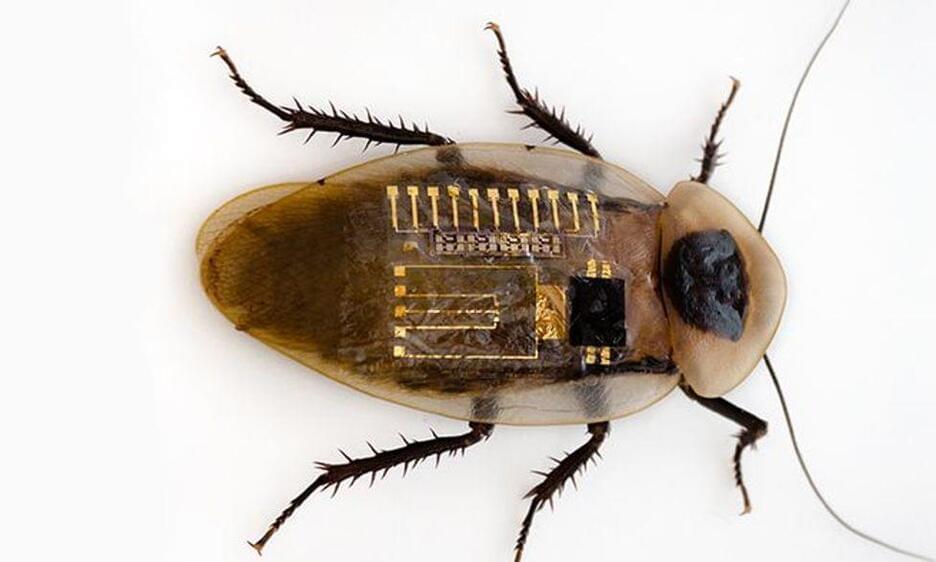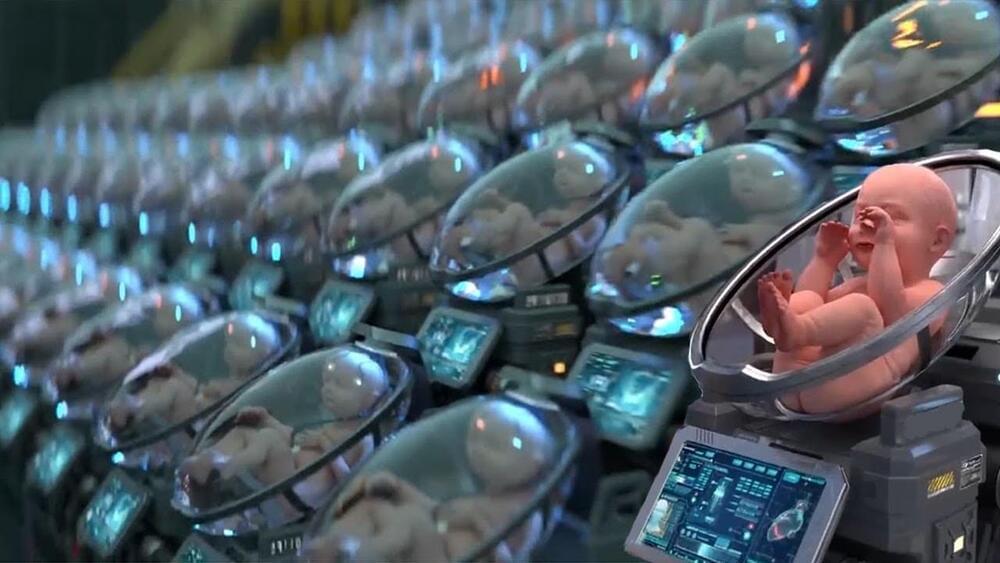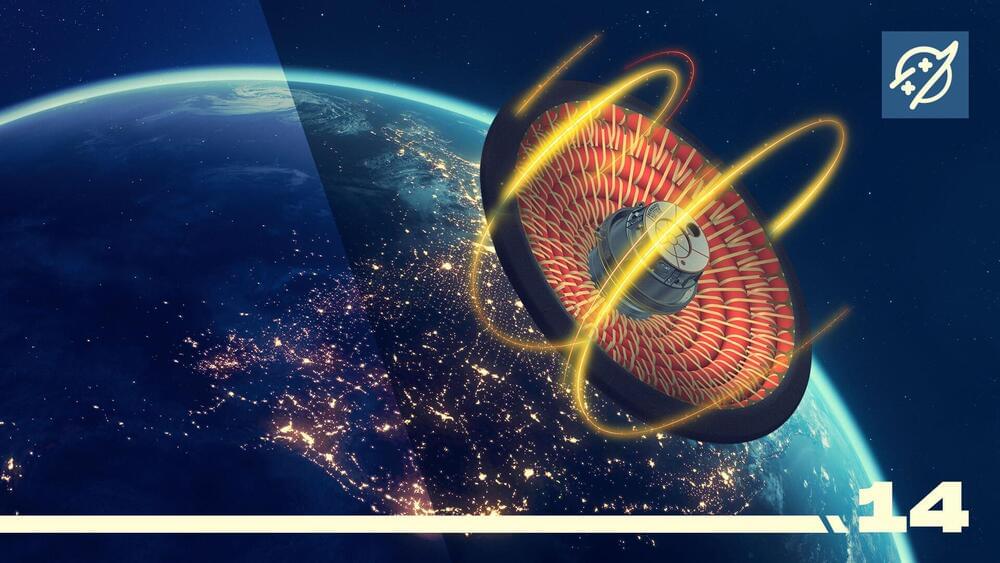Scientists are getting closer to producing prosthetic limbs that can sense touch. A team of researchers from Stanford University and Seoul National University have created an artificial nerve system that can not only sense differences in pressure but also read individual Braille letters. More amazingly still, they managed to hook the artificial nerves up to the leg of a cockroach and make the limb twitch.
“We take skin for granted but it’s a complex sensing, signaling and decision-making system,” says Stanford’s Zhenan Bao, co-author of the paper published in Science and whose lab has been developing the system, in a statement. “This artificial sensory nerve system is a step toward making skin-like sensory neural networks for all sorts of applications.”
The nerve circuit that the team developed is made up of three main components.









